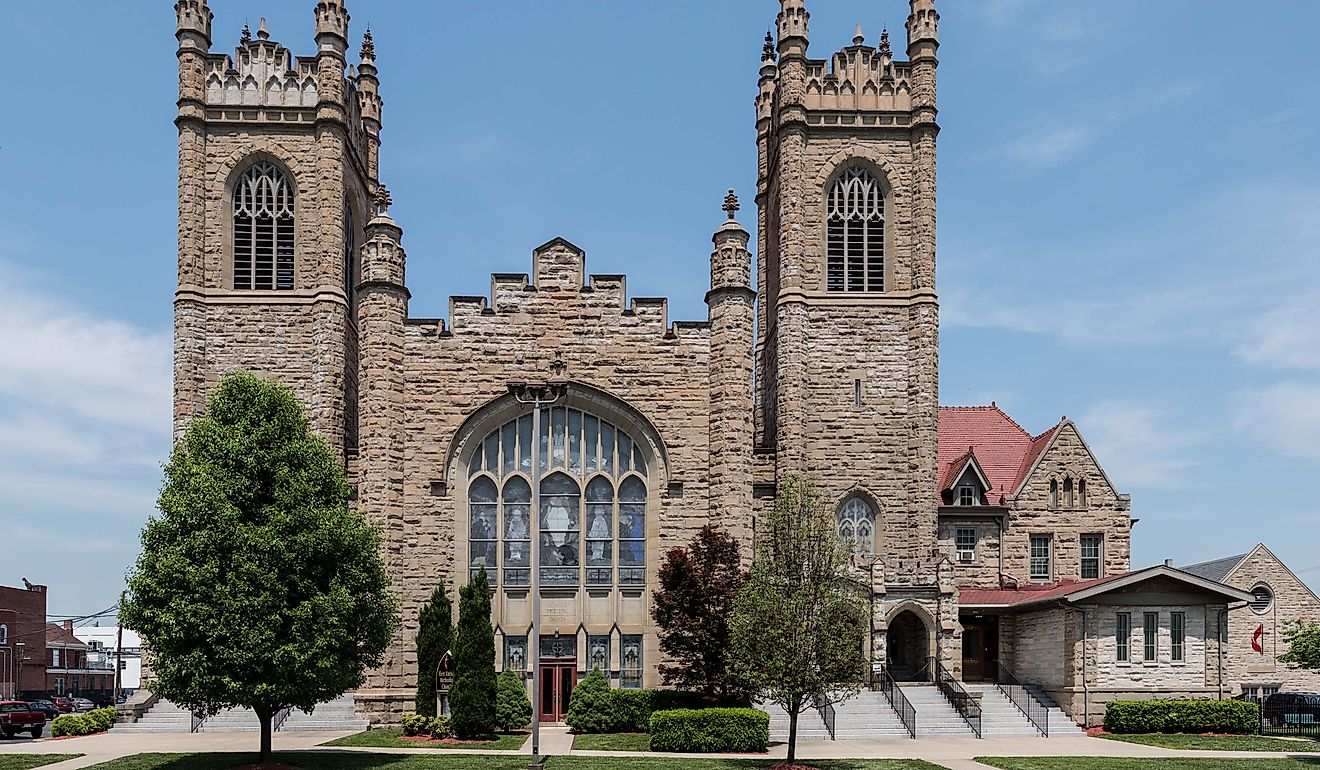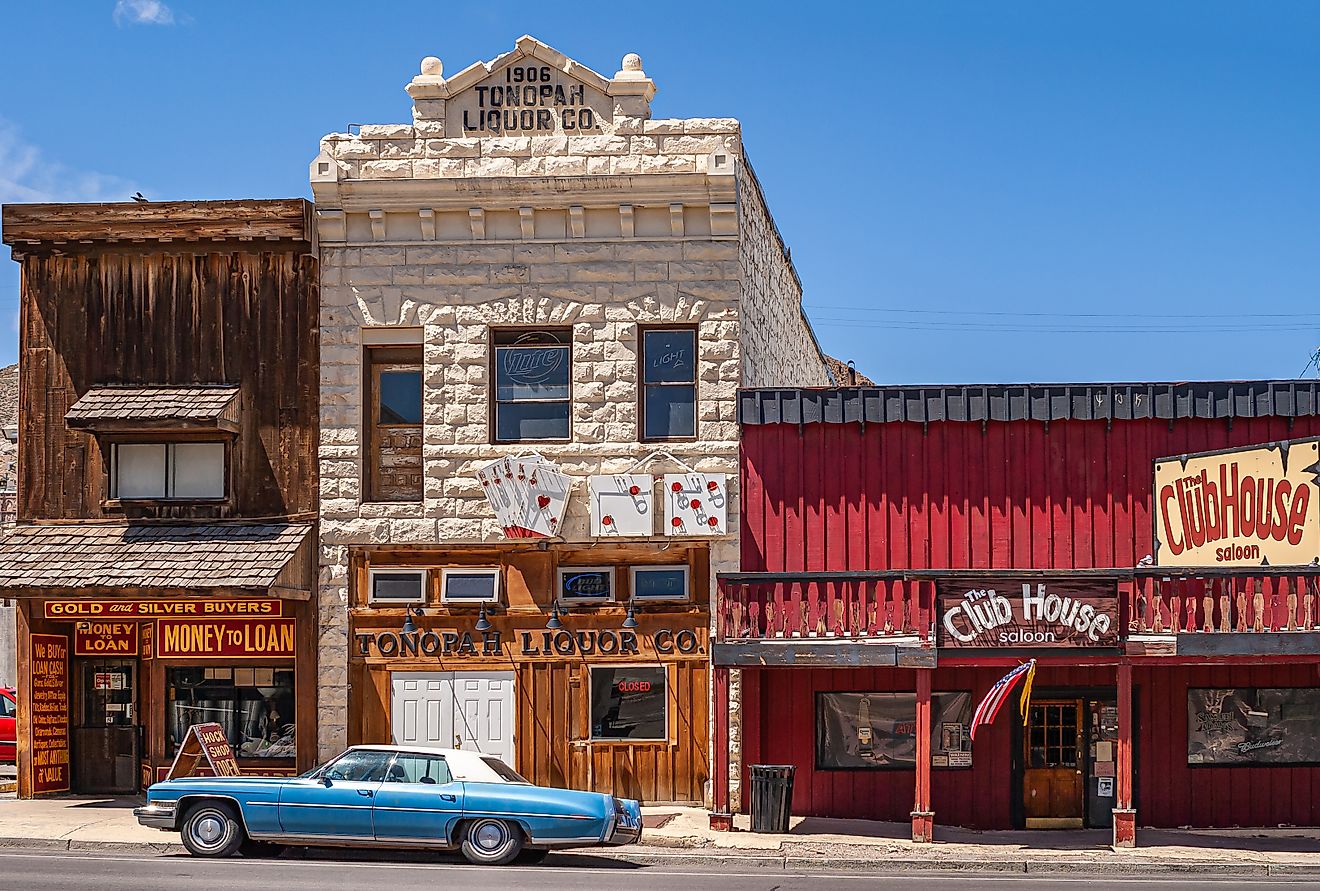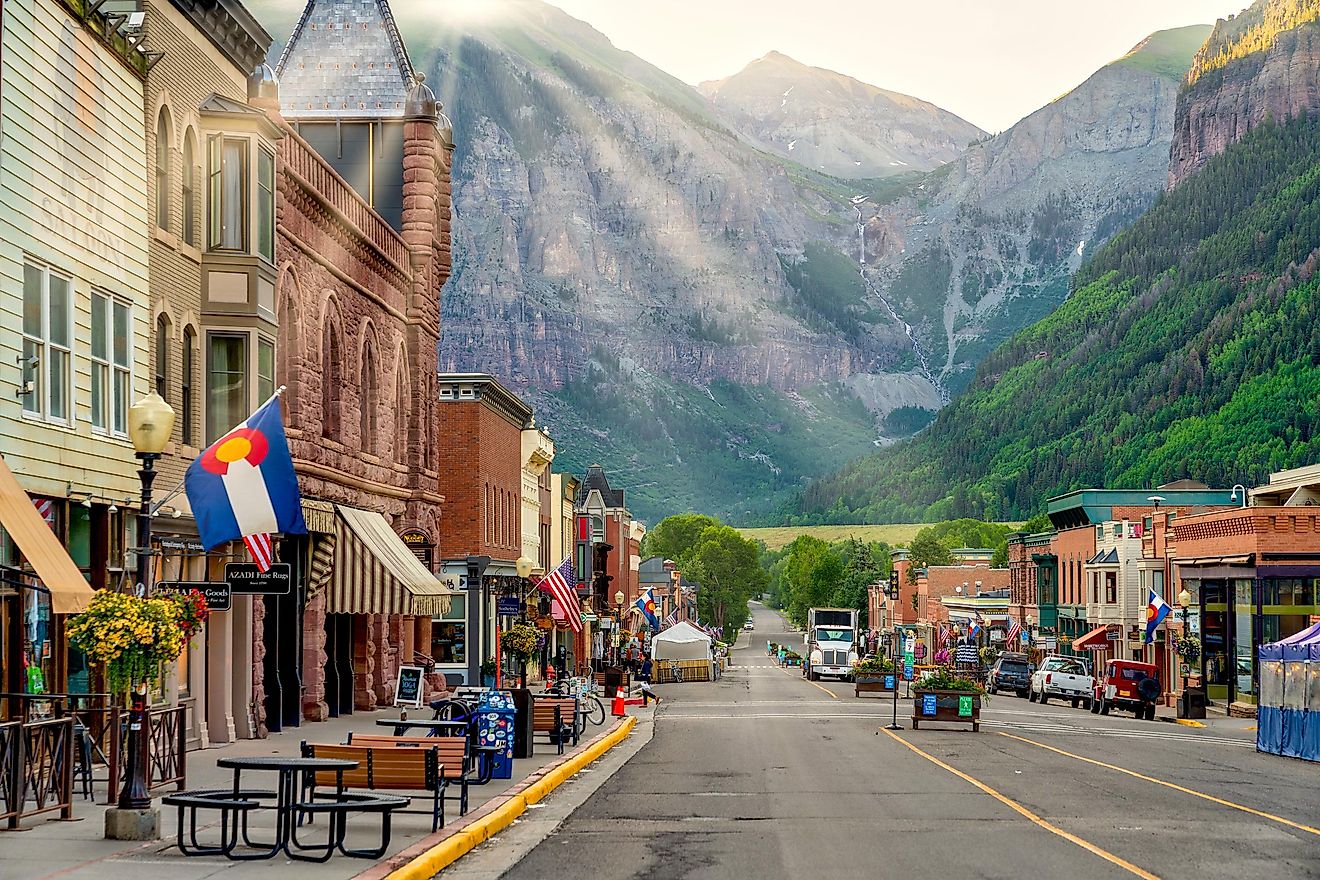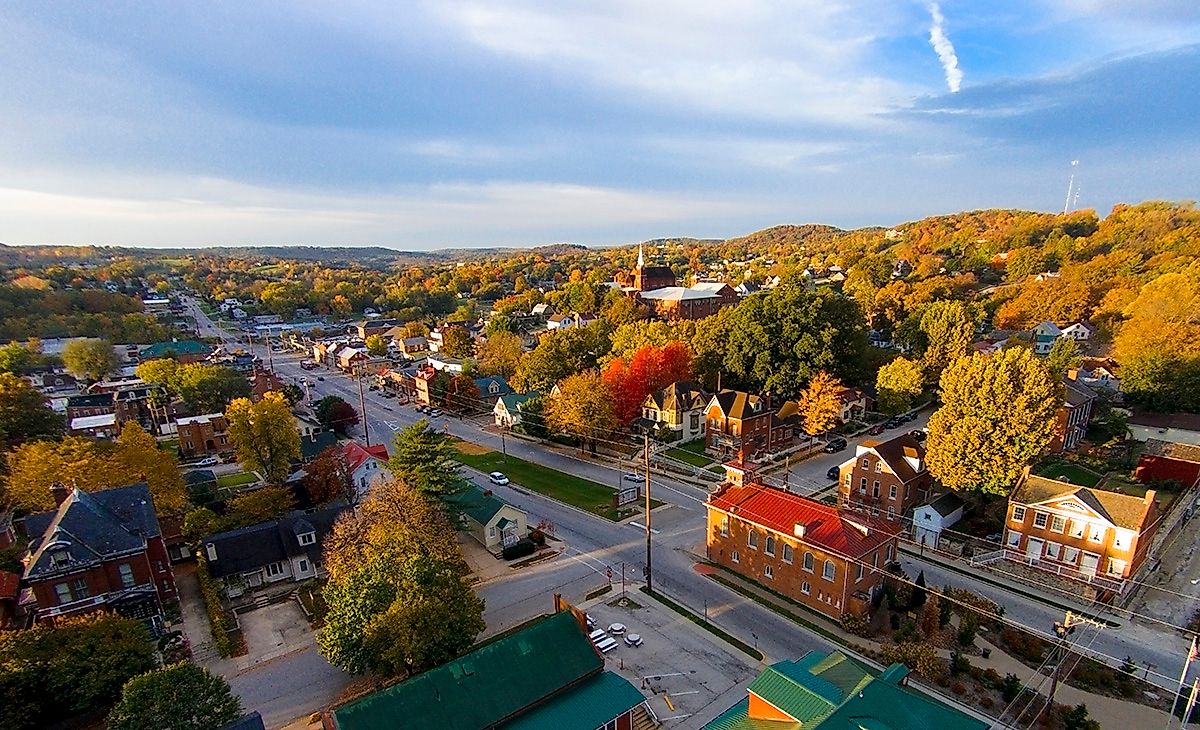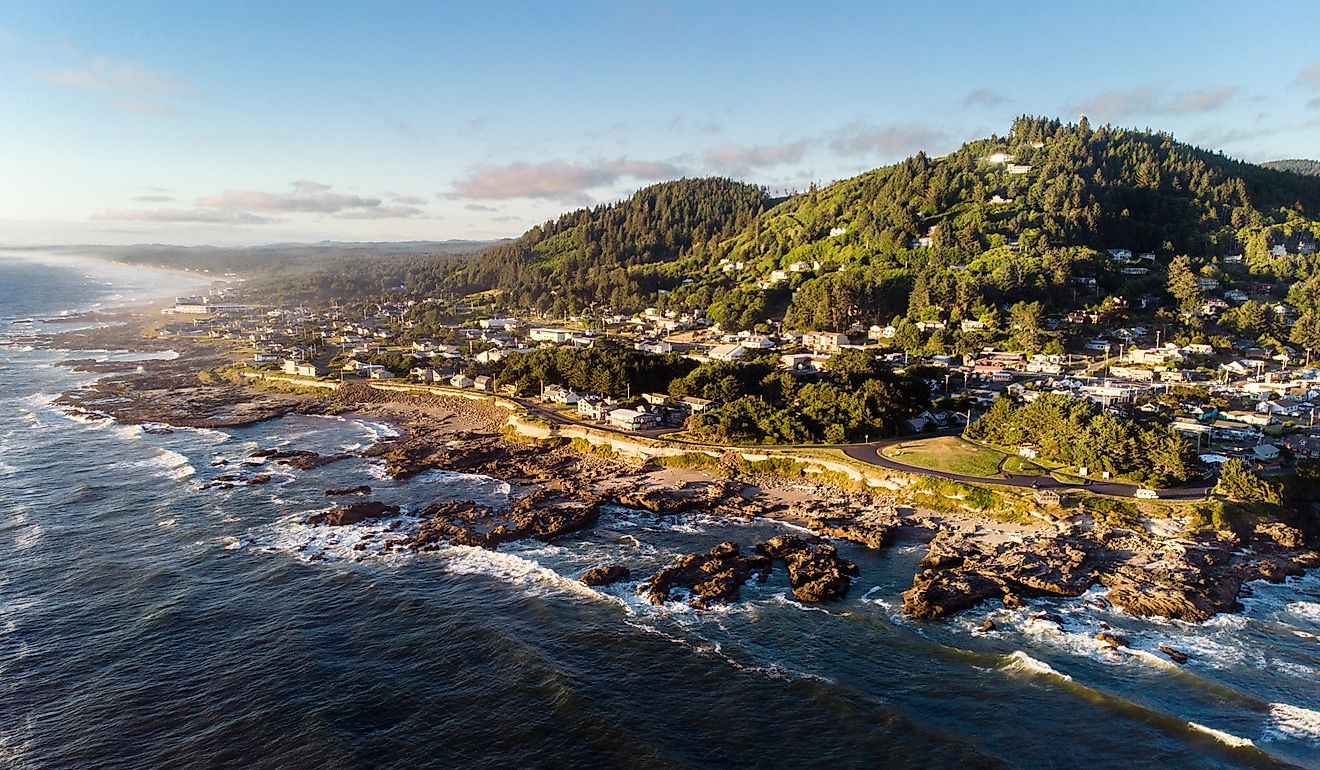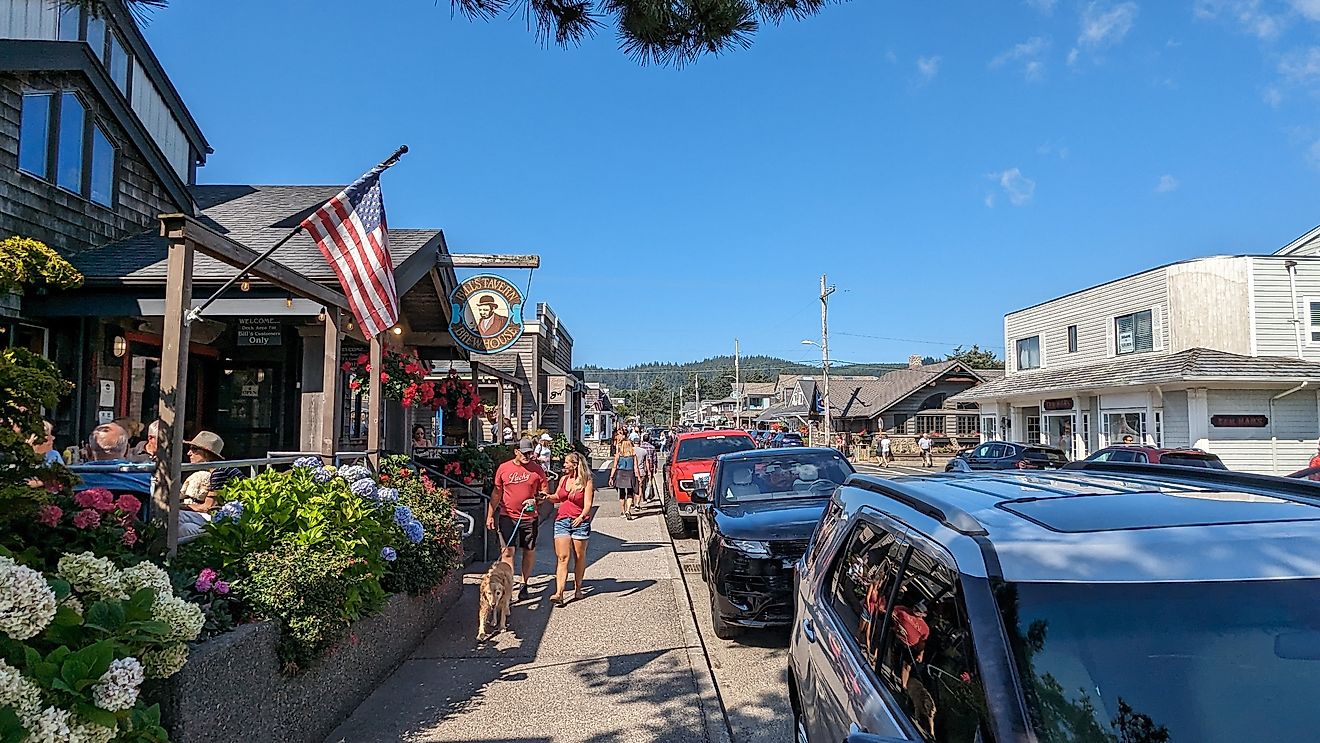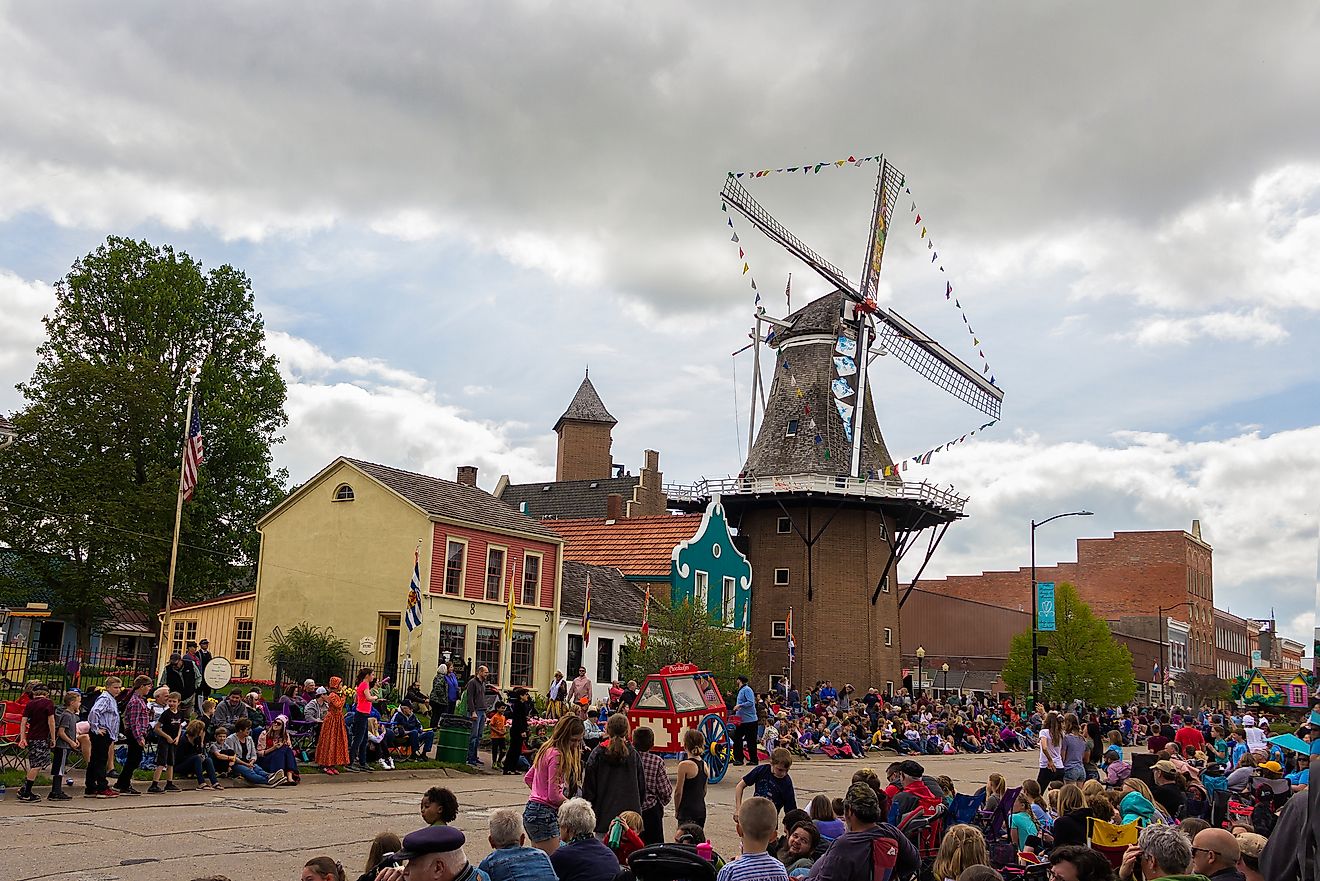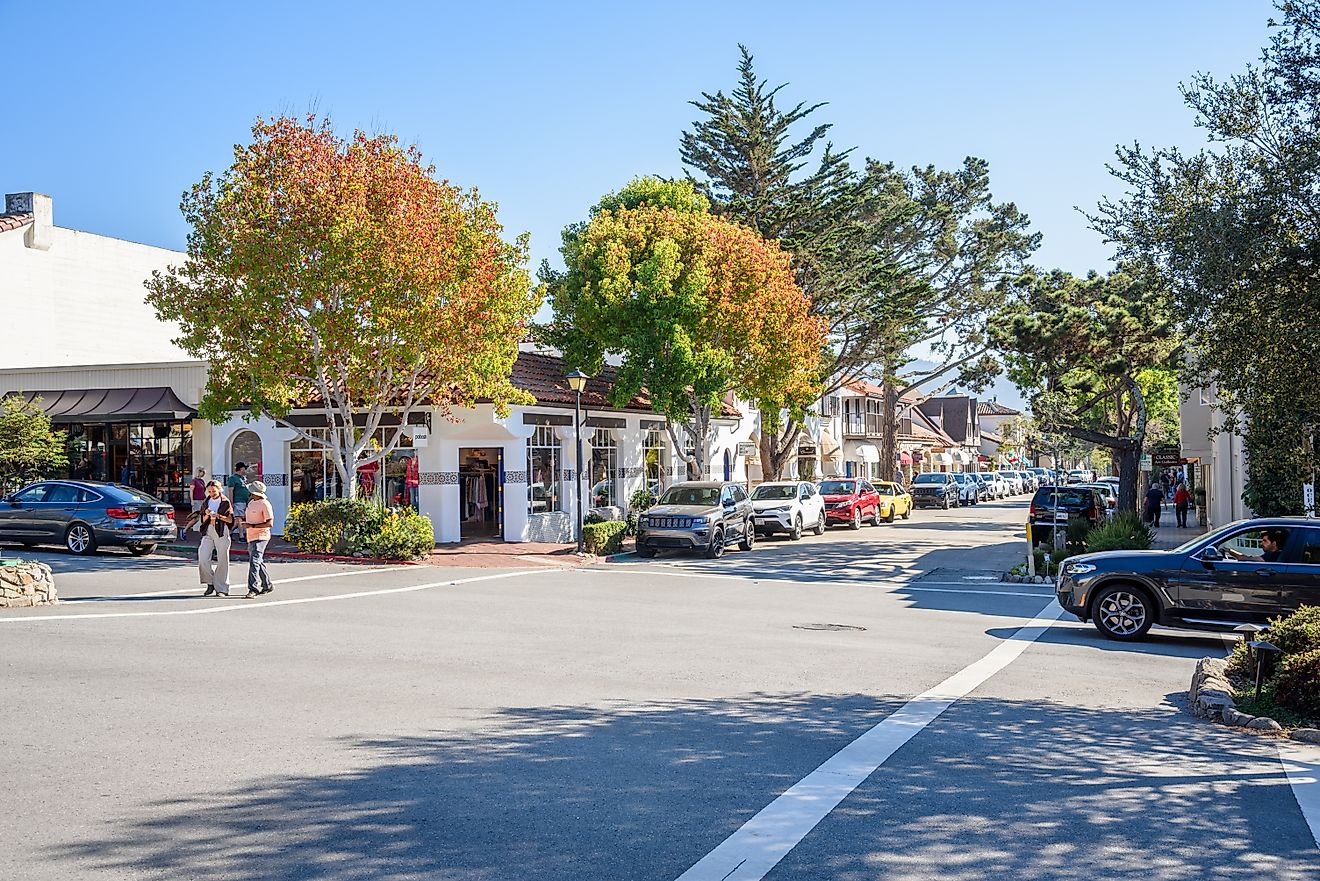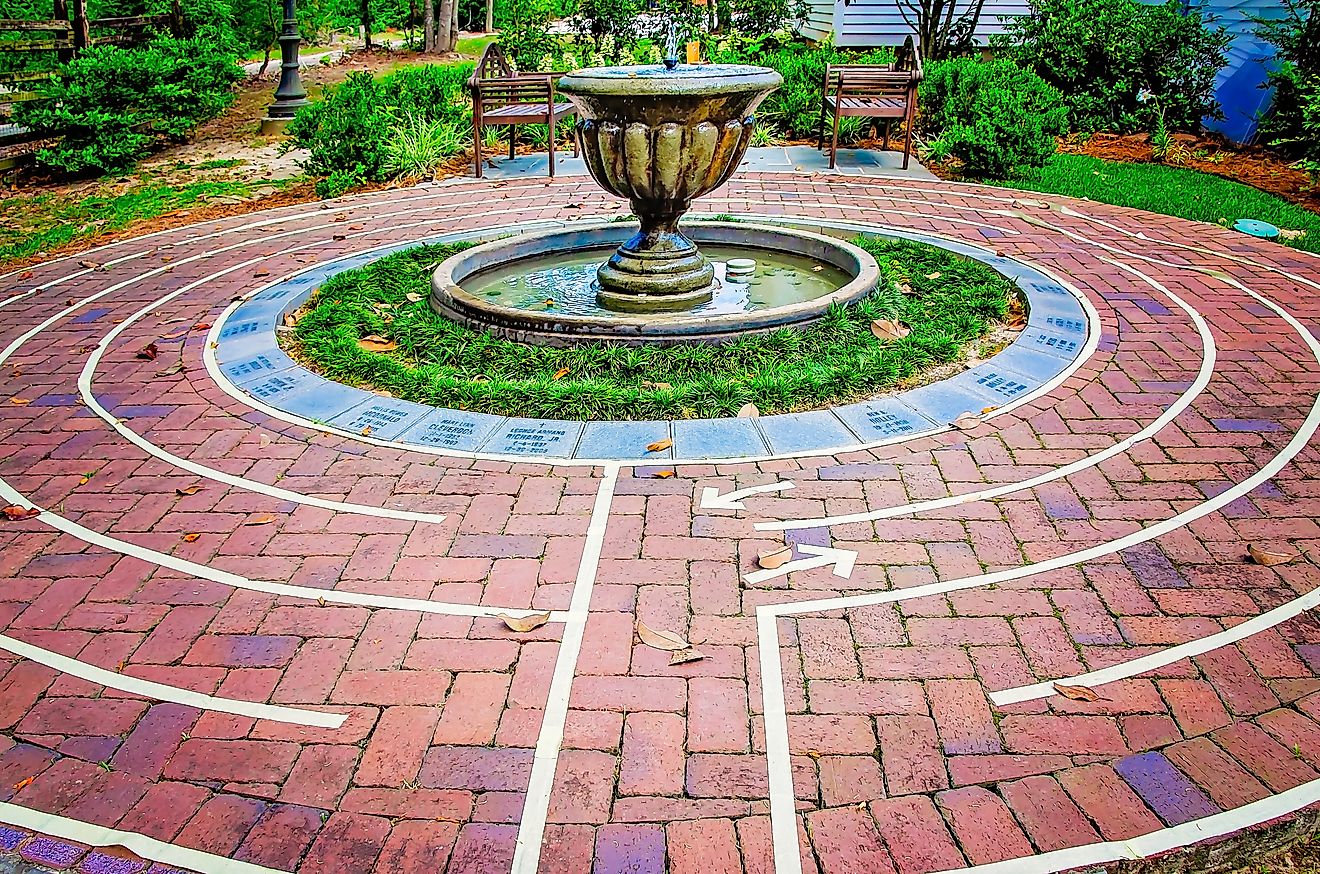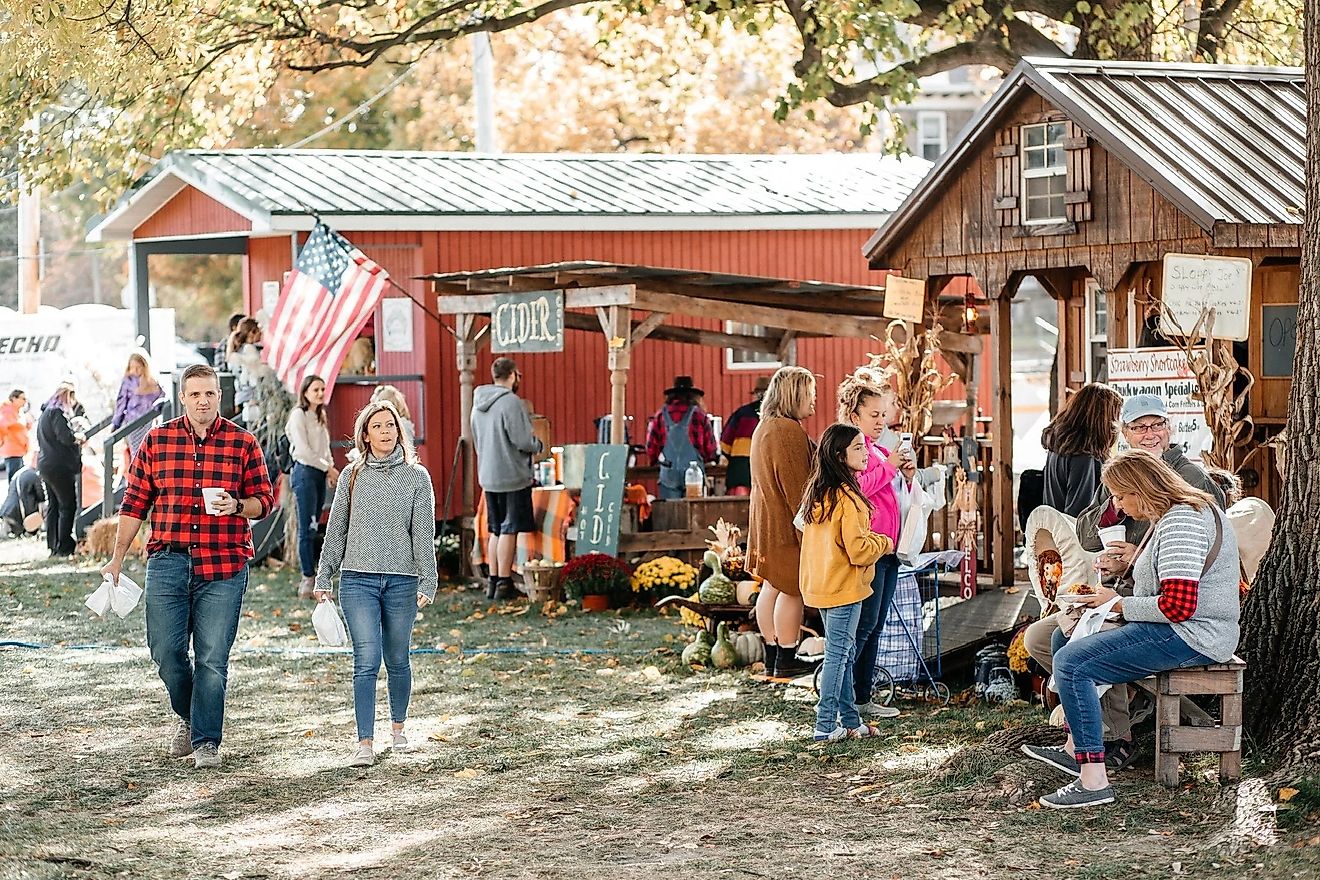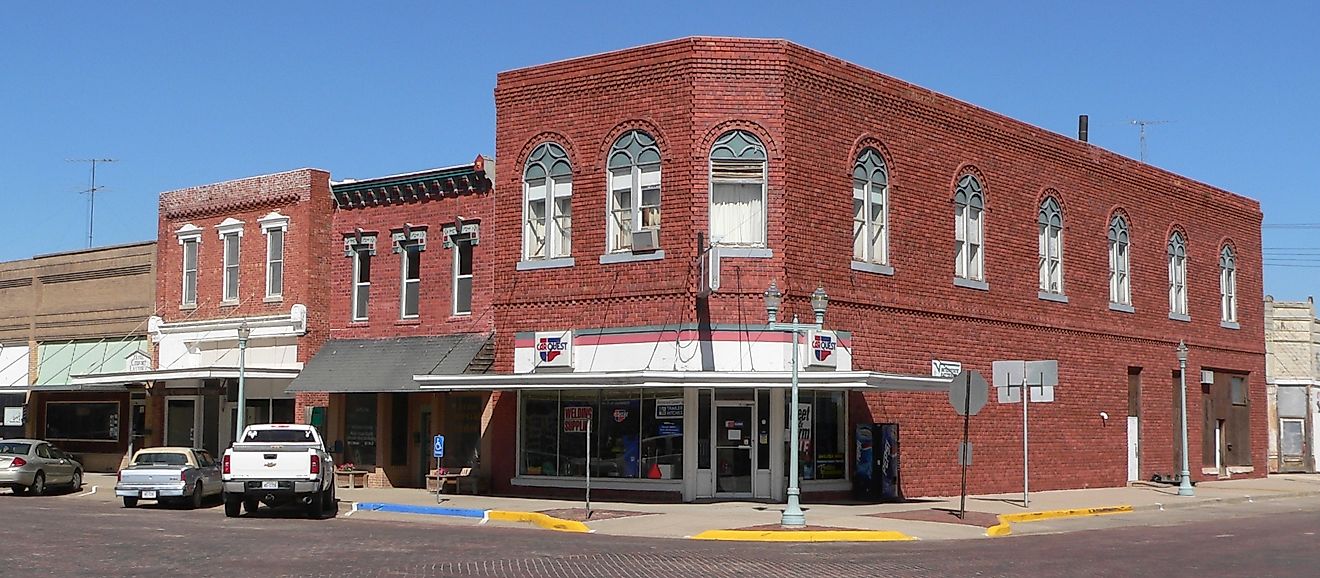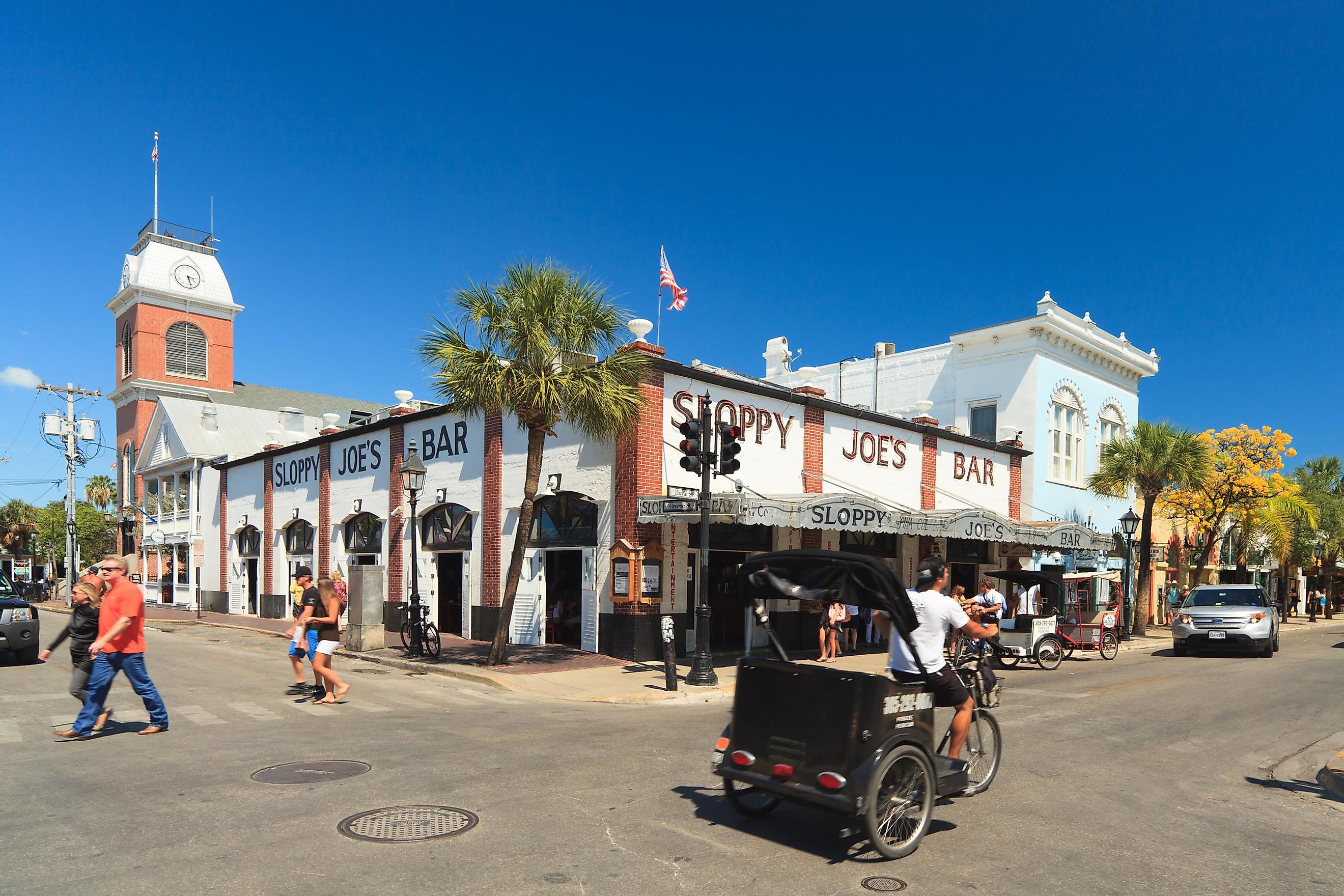
11 Must-See Historic Towns in Florida
Florida is the southernmost state in the continental U.S. and has a long and fascinating history. Though it did not become an official state until 1845, Florida is home to the oldest town in the U.S., St. Augustine. The sometimes convoluted history includes Native Americans, Spanish conquistadors, European settlers, and British rule.
Many visitors and tourists come to Florida for spring break or to visit the larger metropolises. But there are historic towns that define what Florida is and embrace the cultural melange that makes up this unique state. Here are eleven must-see historic towns in Florida.
St. Augustine
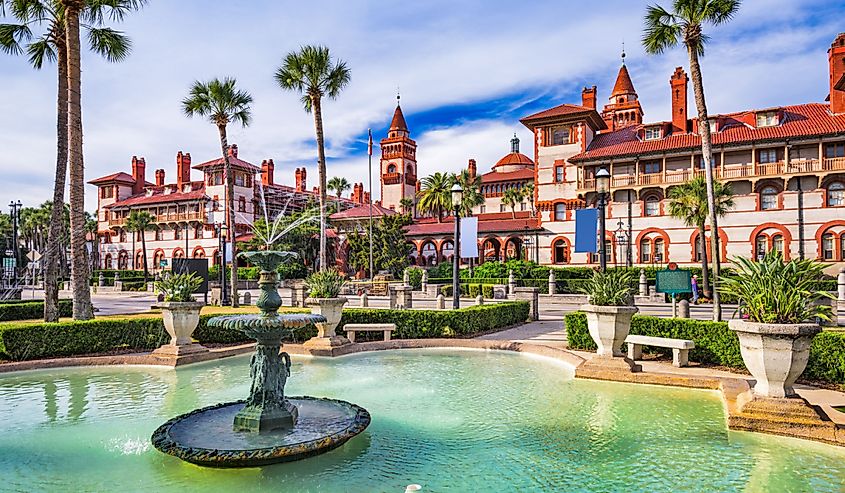
St. Augustine is the oldest continuously inhabited town in the U.S. and one of the most historic. The heart of the Historic District is St. George Street, a pedestrian-only road lined with shops. Right across from St. George Street is the Castillo de San Marcos Fort, the oldest masonry fortification in the U.S., built between 1672 and 1695.
Historic Downtown is on the National Register of Historic Places and is the oldest part of town. Many buildings date back to the 17th century, with Aviles Street being the oldest street in America. Historic sites include the Saint Augustine Lighthouse, the Oldest Jail, and the Fountain of Youth. The district is walkable and an excellent way to soak in St. Augustine's trademark Spanish architecture.
Brooksville
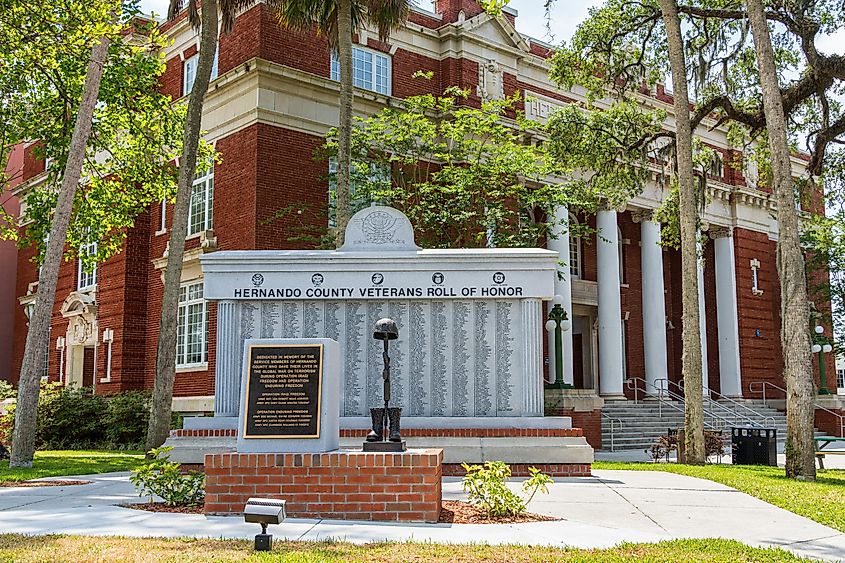
Brooksville is a designated trail town known for its ten-mile Good Neighbor Trail. It is also a historic town with cobblestone streets and mossy oak trees that form a canopy over the roads. The historic courthouse, built in 1913, is in the heart of the town square and flanked by ancient oak trees.
Other historical sites include the Victorian May-Stringer House, which is now a museum that overlooks Brooksville. Other historical landmarks include the 114-acre Chinsegut Hill Manor and the William Sherman Jennings House. These mansions-turned-museums are available for tours, and many visitors explore the historic neighborhoods in their cars or on foot.
Monticello
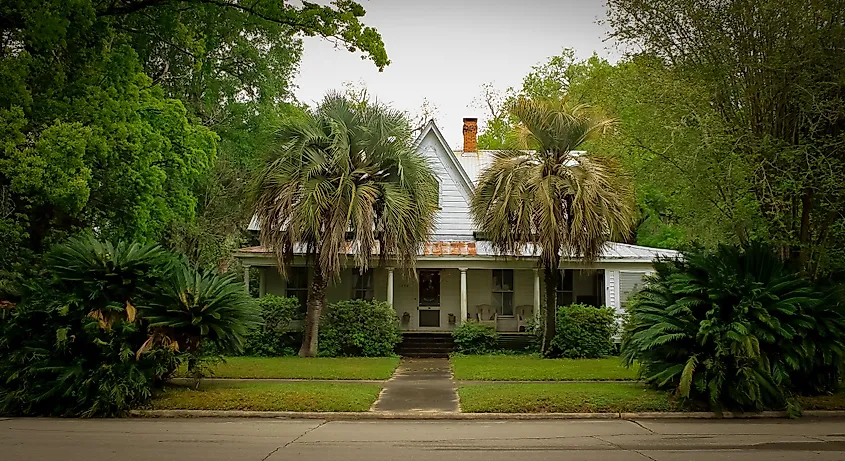
Monticello is in Jefferson County and named after President Jefferson's Virginia estate. The quaint town has many historic buildings and residences, including the Monticello Opera House, built in 1890 and still used today. The historic district encompasses 27 blocks and over 600 historic buildings.
Historical buildings include the Bethel School, the Denham-Lacy House, and the Girardeau House. The school was prominent from 1903 to 1924, while the houses date back to the late 1800s. With a population of 5,000, the significant number of historical homes makes this a must-visit stop on a tour through historic Florida.
Tarpon Springs
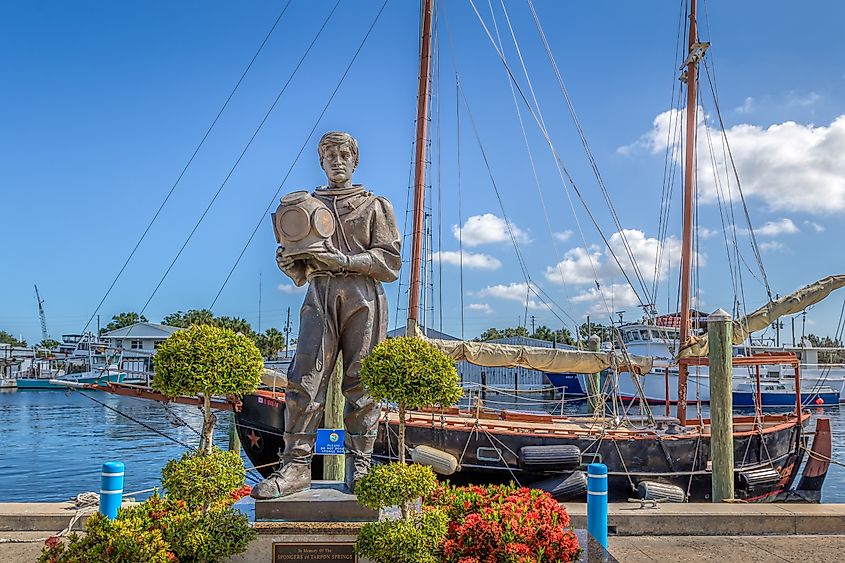
The history of Tarpon Springs, on Florida's Gulf Coast, dates back to the early 20th century when the Greek sponge diving industry began here. The historic sponge docks are located on Dodecanese Boulevard, the town's main strip, alongside traditional Greek restaurants and shops that honor the town's Greek heritage.
The historic district is divided into two distinct sections: the commercial downtown and the early winter resort area, encompassing 700 acres and including 145 landmark buildings. Notable landmarks include Old City Hall and Meres. The rich Greek heritage of Tarpon Springs distinguishes it from other historical towns in Florida, making it a must-visit destination.
Steinhatchee
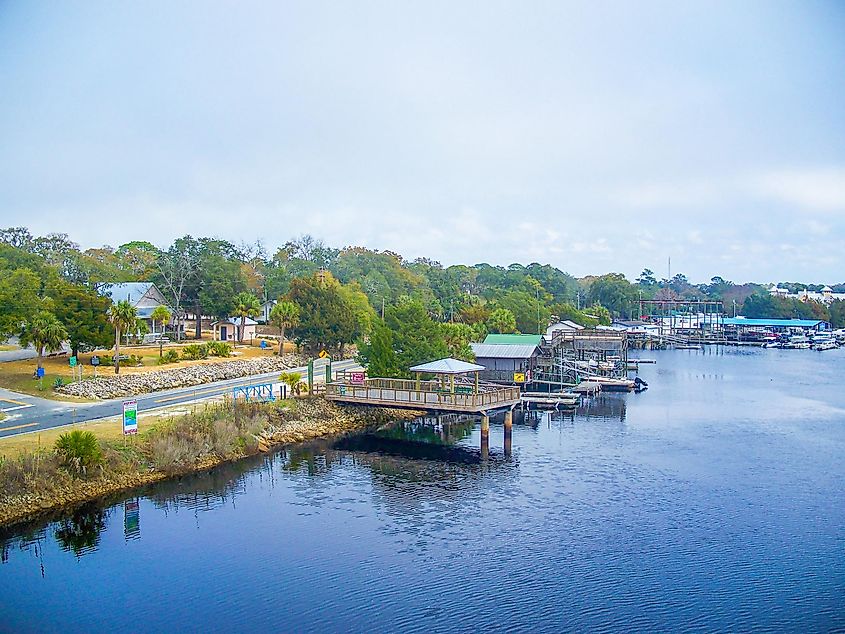
Steinhatchee, a sparsely populated town in Florida's Big Bend area, has been known as Dead Man's Bay since the 16th century due to the discovery of deceased men by a group of Native Americans. The area around Steinhatchee shows evidence of human activity dating back to 12,000 B.C., and it has been home to 15th-century pirates, 18th-century loggers, and 20th-century commercial fishermen.
The town gained prominence in the 1930s when the sponge fishing industry expanded here from Tarpon Springs. The historical sites are predominantly natural, including the Steinhatchee River and Steinhatchee Falls, offering a glimpse into what is known as "old Florida."
Fernandina Beach
Fernandina Beach on Amelia Island boasts one of the state's most historic beaches. Its Victorian-style historic downtown has participated in the nationwide Main Street program since 2015, featuring over 400 historical buildings such as the Old Post Office and the Palace Saloon.
The walkable downtown area is home to Florida's oldest lighthouse, the Amelia Island Lighthouse, and the Nassau County Courthouse, built in 1893. Fernandina Beach's historic homes, some of which are for sale, add to its charm. Notable examples include the Lesesne House on Centre Street and the elegant Tabby House on 7th Street.
Key West
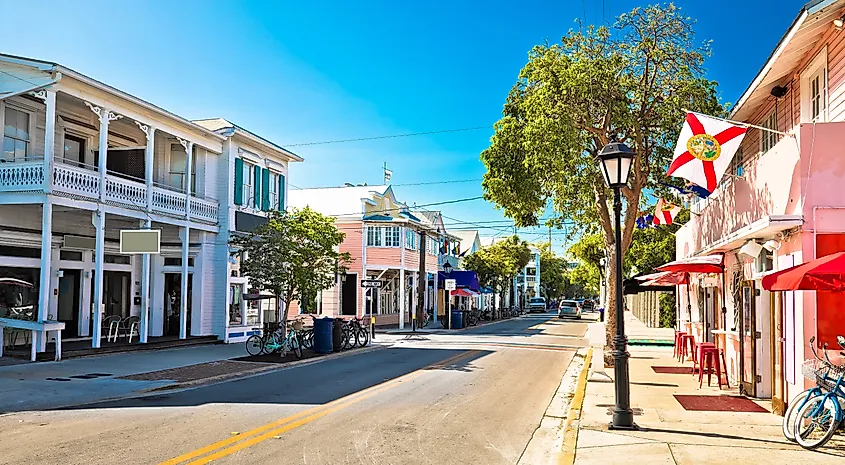
Key West, the southernmost point in the United States, is a tropical paradise filled with history. The Key West Lighthouse, opened in 1848 with a female lightkeeper, is one of the most famous landmarks. Visitors can climb the 88 steps to view the Caribbean waters of the Florida Straits. The Custom House, also known as a historical marvel, now serves as the headquarters of the Key West Art & Historical Society and a museum.
Key West is renowned for its famous residents, including Ernest Hemingway and Tennessee Williams, whose homes are now historical monuments offering daily tours. Military history enthusiasts can visit Fort Zachary Taylor Historic State Park, which played significant roles in the Civil War and the Spanish-American War, and is now a popular site for bird watching.
Mount Dora
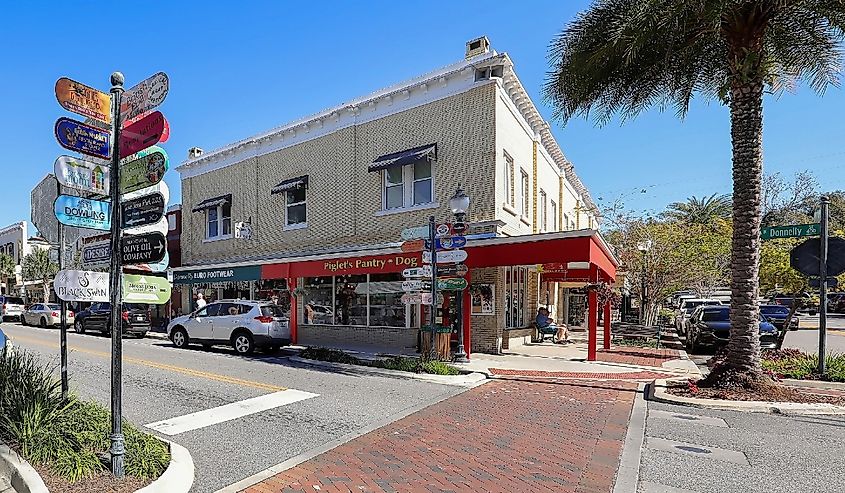
Mount Dora is a quaint town in central Florida overlooking Lake Dora. The historic district encompasses ten streets filled with antique buildings that showcase both the residences of Mount Dorans and the grand hotels that attracted winter visitors. One of these, the Donnelly House, is a three-story Victorian masterpiece built in the 19th century, which now also hosts paranormal tours.
The Lakeside Inn, established in 1880, stands as the town's oldest and most significant historic building. The Atlantic Coast Depot, built in 1915, offers visitors a tangible connection to Mount Dora's history, illustrating the railway's importance to the town's growth. The complete history of the town can be explored at the Mount Dora History Museum, housed in a 1923 firehouse.
Apalachicola
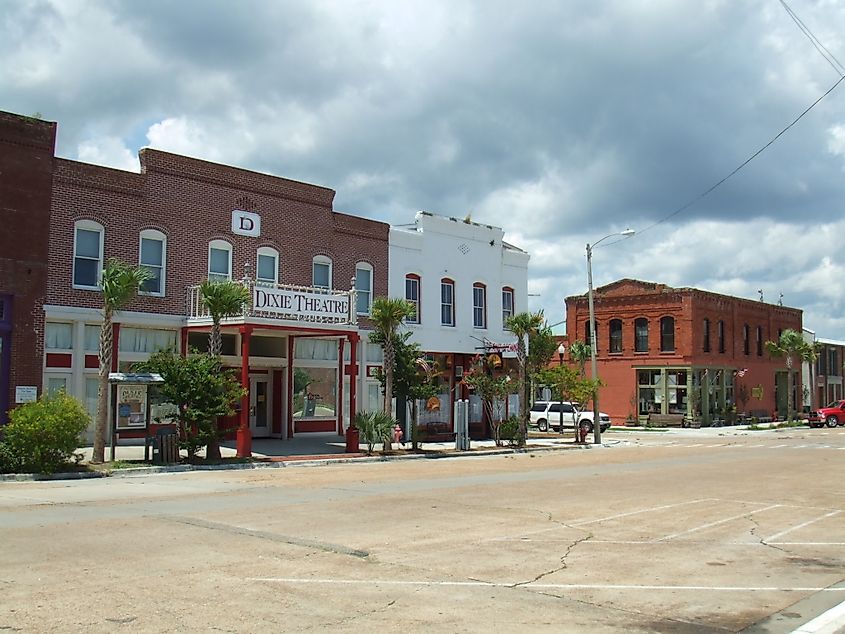
Apalachicola is a small town in the Panhandle, known for its significant commercial fishing history. The historic district covers 4,600 acres and includes 652 historic buildings. Among the most historical are the Rainey House, constructed in 1832, and the Chestnut Street Cemetery, dating back to the 1830s. The Museum Walking Tours offer an excellent way to explore Apalachicola's historical significance, leading past several museums and antique homes.
Visitors can also follow the Historic Plaque Walking Trail to see ten plaques commemorating Apalachicola's history. Orman House State Park features a two-story antebellum home built by a cotton merchant in 1838. The late 19th century marked the era of the cotton boom here, and today, ranger-led tours provide insights into this pivotal period.
Micanopy
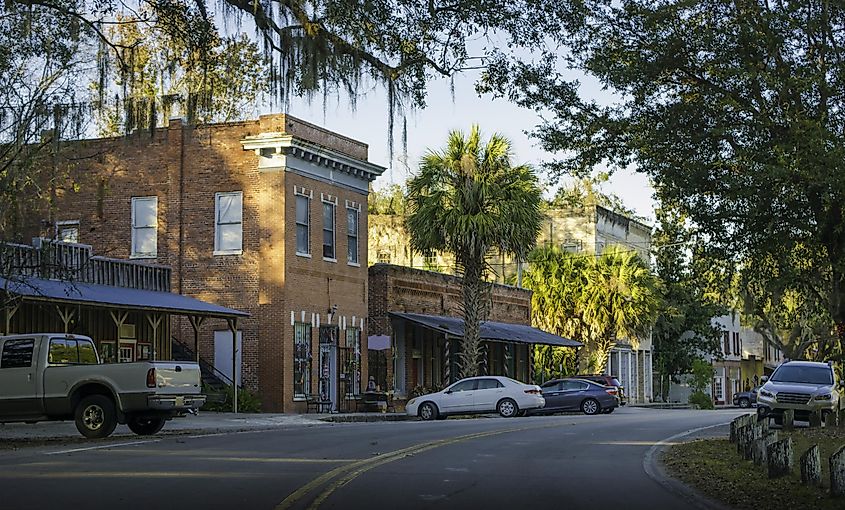
Micanopy, named after an honored Native American chief, is the oldest inland town in Florida, boasting more than 200 years of history. The Micanopy Historical Society Museum, located in the historic district, is the perfect starting point for exploration. The museum showcases the town's rich history.
The historic district features the Dailey building, constructed in 1925, which originally housed a drugstore, doctor's office, and hotel. The garage, built in 1913, exemplifies the architectural style of the early automotive era. Exploring on foot is the best way to appreciate the historical architecture of this charming southern town.
Cedar Key
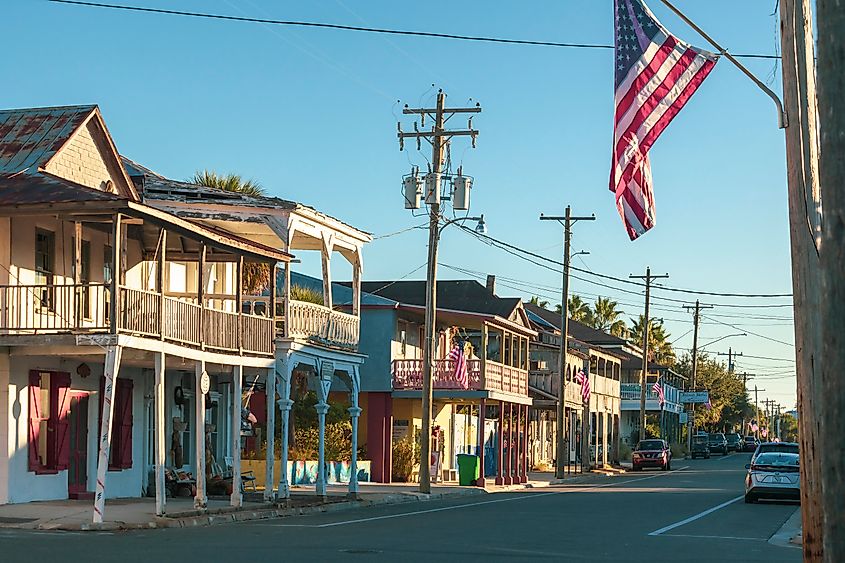
Cedar Key, a barrier island in the Gulf of Mexico, epitomizes "old Florida." Founded in the 1840s, it was a significant site during the Second Seminole War's conclusion. The island hosts a National Wildlife Refuge, established in 1929 by President Herbert Hoover.
Key historical landmarks include the Museum State Park, the Whitman House, and the cemetery. The Island Hotel, originally built in 1859, offers guests an immersive historical experience. Bicycling is the preferred mode of transportation, providing a unique way to experience Cedar Key.
Florida's history is rich and varied, from its old fishing ports to the unique Greek atmosphere of Tarpon Springs. With its mix of small beach communities and southern hospitality, Florida's charm is unparalleled, making these small towns emblematic of the state's vast historical and cultural heritage.
